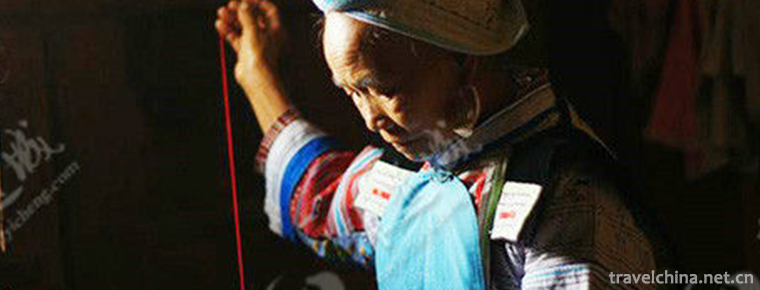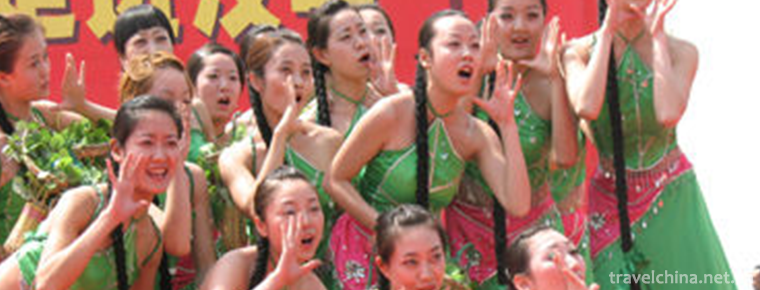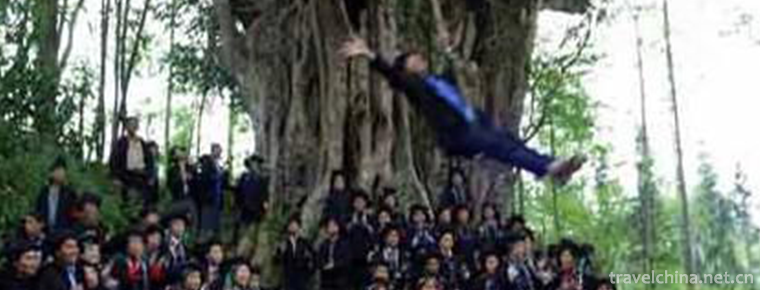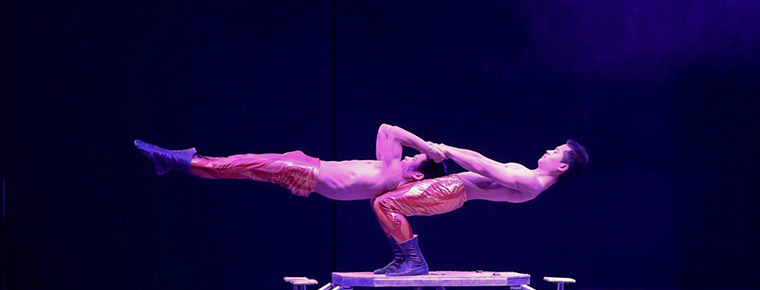Making Skills of Sheng Xifu Leather Cap
Making Skills of Sheng Xifu Leather Cap
Sheng Xifu leather hat making skills, Beijing Dongcheng District, the traditional handmade hat making skills, one of the national intangible cultural heritage.
Shengxifu leather cap production skills need to go through the whole process from matching, picking, blowing, brushing, flat leather, shaving, hand needle sewing to machine sewing, and finally complete a Shengxifu leather cap finished product.
On June 14, 2008, Sheng Xifu leather cap production technology was approved by the State Council of the People's Republic of China and listed in the second batch of national intangible cultural heritage list, project number: _-113.
historical origin
Rise: Rejuvenate National Goods by Machinery Production
Shengjufu Hat Shop, the predecessor of Shengxifu, was founded in Tianjin in the first year of the Republic of China (1911). In 1911, Liu Xisan and his joint venture opened Shengjufu Hat Shop in Shiyi Street, Tianjin. After six years of painstaking operation, Shengxifu Hat Shop was established in the French Concession of Tianjin. "Sheng" takes the meaning of flourishing business, "Xin" and "Fu" from Liu Xisan's large size and nickname.
Liu Xisan is keenly aware that in order to make Sheng Xifu's hat superior to others, he must have advanced technology and equipment, so he spares no expense in introducing Western Hat-Making equipment. In 1919, Sheng Xifu purchased a complete set of straw hat machines from the West for 200,000 silver yuan, set up straw hat factories for self-production and self-sale, and soon opened up a market in Tianjin. A few years later, he sent his third apprentice to Japan to study, master the latest technology, and ensure that the production of four seasons hat has strict process and testing means. By the 1920s and 1930s, Shengxifu had entered its heyday, and its current scale of operation could only be expected.
From Tianjin to Beijing: Admitting Handicraft Skills of Family Workshops
After 1936, the production and processing of leather caps in Shengxifu, Beijing, mainly relied on family workshops. Family workshops operate on a small scale and accept customized and incoming processing work. Li Xinxuan ("Sheng Xifu" the second generation of inheritors) "Henglong Pixing" is one of them. He often works for "Sheng Xifu" and manufactures all kinds of high-grade leather caps by hand. Li Xinxuan's craftsmanship has been traced back to the origin of "Sheng Xifu" leather cap making skills. At that time, there must be many such family workshops, but the name of the family workshops is "Henglong Pixing".
After the founding of New China, "Sheng Xifu" went through the process of public-private joint venture. The "Sheng Xifu" Hat Factory was established at No. 19 Shao Jiuhutong, Wangfujing, which really realized the business model of "front store and back factory". Many of the first workers were absorbed from family workshops. Sheng Xifu of Beijing and Tianjin both use the trademark of "three hats". Beijing Shengxifu experienced the most difficult period in the early 1990s. Wangfujing Street was rebuilt and demolished. Workers left the factory to find a new way out. The hat industry also entered the lowest tide. People's dress fashion changed dramatically. Hats were no longer considered necessary to wear. During the most difficult period of the enterprise, only 18 workers remained in production. Until 1998, Shengxifu reorganized and opened its stores in Wangfujing. In 2000, it was transformed into Beijing Shengxifu Cap Industry Co., Ltd. and its development entered a new era.
Inheritance and Protection
Inheritance value
Shengxifu leather cap manufacturing process is complex, each process requires excellence, its material and fine workmanship is difficult to achieve. This manufacturing process is the technological achievement of Cap-Making masters of past dynasties through long-term accumulation of production experience. These handicraft processes have incomparable advantages in mechanical manufacturing. This technology is not only a simple mechanical work, but also a valuable handicraft technology and a precious historical heritage.
Sheng Xifu's hat making technology is the first in China. It combines the excellent technology of hat making in China and forms a unique production system. The quality of Sheng Xifu's hat is determined by strict process in its later period, so it has a fine appearance and better quality assurance. Sheng Xifu leather cap has become a top-quality product in China's hat industry, which has been affirmed by national leaders for many times. As a symbol of China's hat industry, Sheng Xifu presents to international friends. After entering the 21st century, Sheng Xifu has entered the international market and won people's attention in the international market. This is a big step for Chinese traditional craft to go abroad, and also enables Chinese traditional craft culture to get access to the international market. Certain recognition.
Heritage figures
Li Jinshan, male, was born on January 12, 1955. On May 26, 2009, Li Jinshan was selected as the representative successor of the third batch of national intangible cultural heritage projects and declared in Dongcheng District of Beijing. Project Name: Sheng Xifu leather cap making skills.
protective measures
In 2009, the State-level intangible cultural heritage Shengxifu Leather Cap Production Technology Inheritance Workshop was established. Through in-depth excavation of the history and culture of Chinese crown cap and Centennial hat making technology, Shengxifu history and culture, the material cultural heritage and intangible cultural heritage will be integrated, and Shengxifu Leather Cap production technology will continue to be inherited.
In June 2010, Sheng Xifu China Hat Culture Museum opened. The purpose of the museum is to "trace back the history and civilization of Chinese hat, inherit the traditional hat making techniques and develop hat culture", protect cultural heritage, inherit Sheng Xifu's hat making techniques, and take a new road between tradition and modern times to reproduce the brilliance of Chinese traditional hat culture.
social influence
Important Exhibitions
From September 17 to September 21, 2018, the Commercial Committee of Dongcheng District of Beijing held the Exhibition of Old Brand Skills, in which Sheng Xifu's leather hat making skills were displayed.
Honorary recognition
In 1979, the three-hat hat hat manufactured by Shengxi Fukuo Hat Factory won the award of the Ministry of Light Industry and Tianjin Quality Products.
In 1983, Sheng Xifu leather cap was awarded Tianjin High Quality Product Award and the title of National Minority Goods High Quality Product.
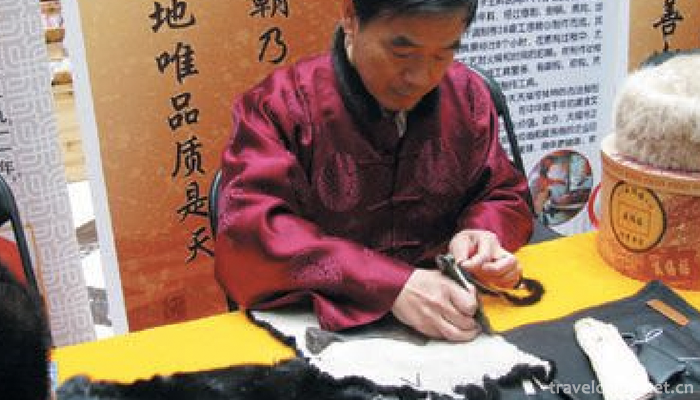
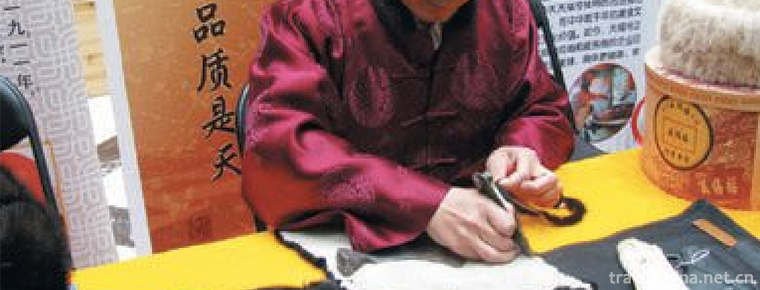
Making Skills of Sheng Xifu Leather Cap
-
Altai mountains
The Altai mountains are located in the northern part of the Xinjiang Uygur Autonomous Region and the western part of Mongolia. Northwest extends to Russia
Views: 154 Time 2018-11-01 -
Chengshantou Scenic Spot
Chengshantou Scenic Spot is located at the easternmost end of Chengshan Mountains in Rongcheng City, Shandong Province, so it is named Chengshantou. Chengshantou is 200 meters above sea level
Views: 217 Time 2019-01-05 -
Wanjiazhai Water Conservancy Scenic Area of the Yellow River
Wanjiazhai Water Conservancy Project is located in the canyon of the north main stream of the Yellow River from Toketo to Longkou. It is the first of eight cascades planned and developed in the middle
Views: 244 Time 2019-01-18 -
Chishan Scenic Area Shidao
Chishan Scenic Area of Shidao, located in the Shidao Management Area of Rongcheng City, the easternmost end of Shandong Peninsula, is a national 4A-level tourist attraction
Views: 190 Time 2019-02-08 -
Xiaolangdi Dam
Xiaolangdi, the Yellow River Xiaolangdi, is located in the Yellow River Xiaolangdi Scenic Area at the junction of Luoyang City and Jiyuan City, Henan Province.
Views: 346 Time 2019-02-25 -
Miao embroidery
Miao embroidery refers to the embroidery skills inherited by the Miao people in China. Miao embroidery in Leishan County, Guiyang City and Jianhe County of Guizhou Province has different forms and sty
Views: 168 Time 2019-06-05 -
Pucheng Folk Song
Shaanxi folk song is the continuous interaction, integration, creation, development and transmission of various artistic forms among the working people in the production practice and social practice o
Views: 169 Time 2019-06-09 -
Construction Techniques of Salar Fence Tower
The construction technique of the fence building of Sala nationality refers to the traditional construction method of the fence wooden building with the unique architectural form of Sala nationality i
Views: 282 Time 2019-06-11 -
Four Seasons Production Adjustment
Four seasons production tune includes five units: introduction, winter, spring, summer and autumn. The introduction emphasizes the significance of the four-season production tune inherited by the ance
Views: 288 Time 2019-06-16 -
Wuqiao acrobatics
Wuqiao acrobatics is a traditional folk acrobatics art in Hebei Province. Referring to the "acrobatics town" people are often referred to as Wuqiao County, Cangzhou City, Hebei Province. Acc
Views: 148 Time 2019-06-29 -
North China Electric Power University
North China Electric Power University is a national key university directly under the Ministry of Education. It is a key construction University of "211 Project" and "985 Project Advant
Views: 263 Time 2019-09-22 -
Population of Mianyang
By the end of 2018, the total number of households in Mianyang was 2 million 61 thousand and 800, and the registered residence population was 5 million 362 thousand. At the end of the year, there were 4.857 million permanent residents, with the urbanization
Views: 127 Time 2020-12-14





